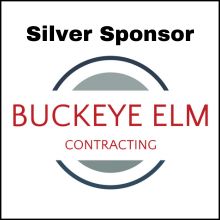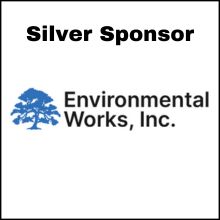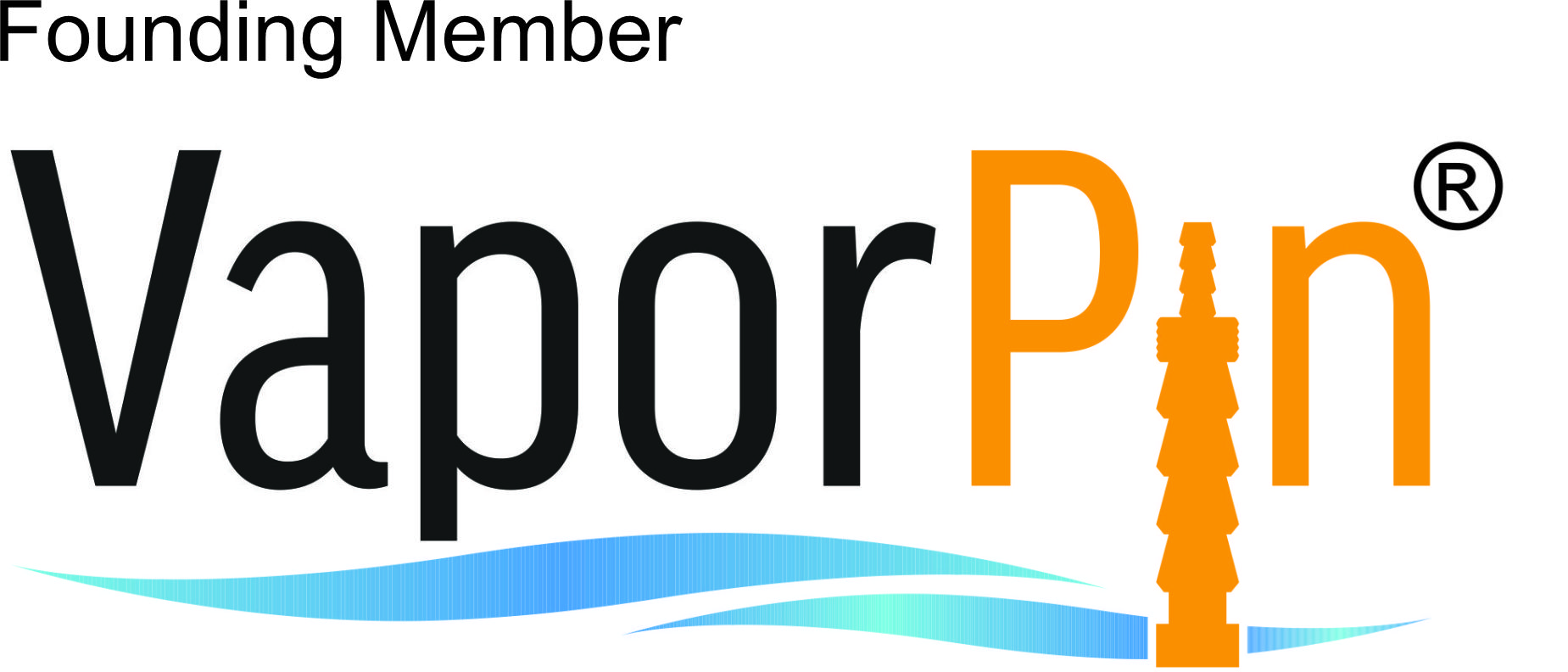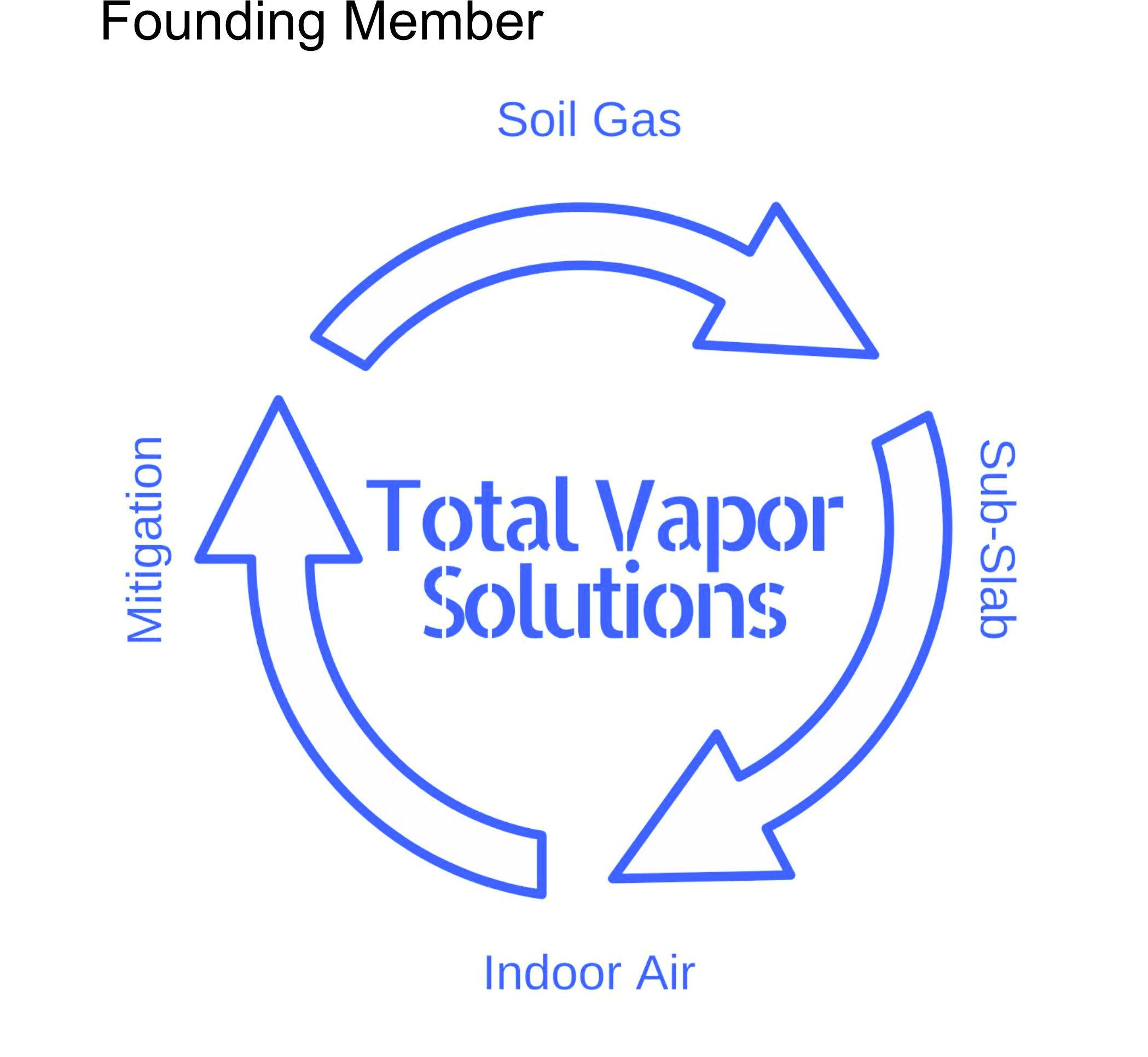Welcome to the Association of Vapor Intrusion ProfessionalsAVIP is a community of professionals dedicated to advancing the industry and science of vapor intrusion. The purpose of this association is to promote the establishment of accepted and recognized best practices for vapor intrusion professionals, provide contextual knowledge, and serve as a resource of information for the general public. UPCOMING EVENTS 5th Annual AVIP VI Conference | October 11-14, 2026 | Orlando, FLLearn more from our events page! AVIP Best PracticesThe Association of Vapor Intrusion Professionals (AVIP) is working in collaboration with a variety of stakeholders (e. g., regulators, environmental consultants, mitigation specialists, insurance providers, academia, laboratories, attorneys, etc.,) to develop a series of peer-reviewed best practice documents for the vapor intrusion industry. The Benefits of Membership
Join now!What Is Vapor Intrusion?Vapor intrusion occurs when there is a migration of vapor-forming chemicals from any subsurface source into an overlying building. Recognition of soil vapor intrusion to buildings and other enclosed spaces occurred in the 1980s with concerns over radon intrusion. Subsequently, there was an increasing awareness that anthropogenic chemicals (e.g., petroleum hydrocarbons and chlorinated solvents) in soil, groundwater, and sewers and drainlines could also pose threats to indoor air quality via the vapor intrusion pathway. Vapor-forming chemicals may include: Read More |











